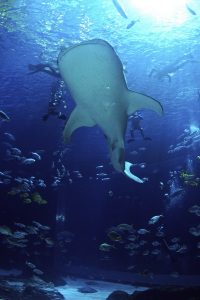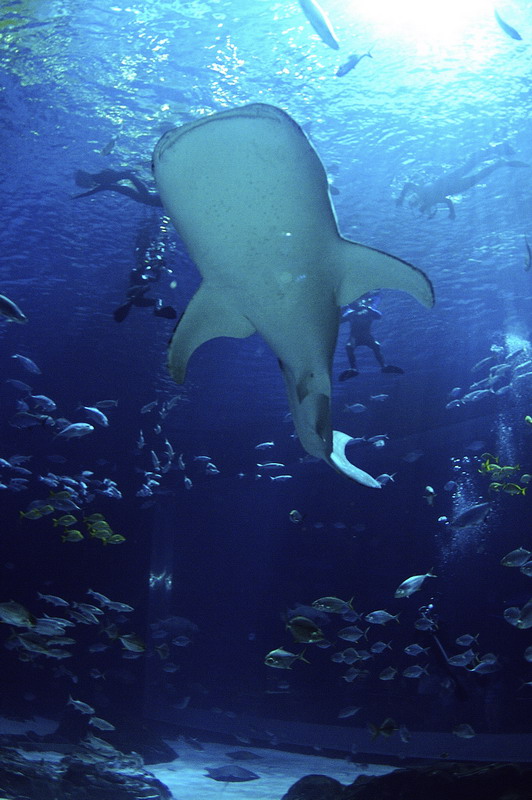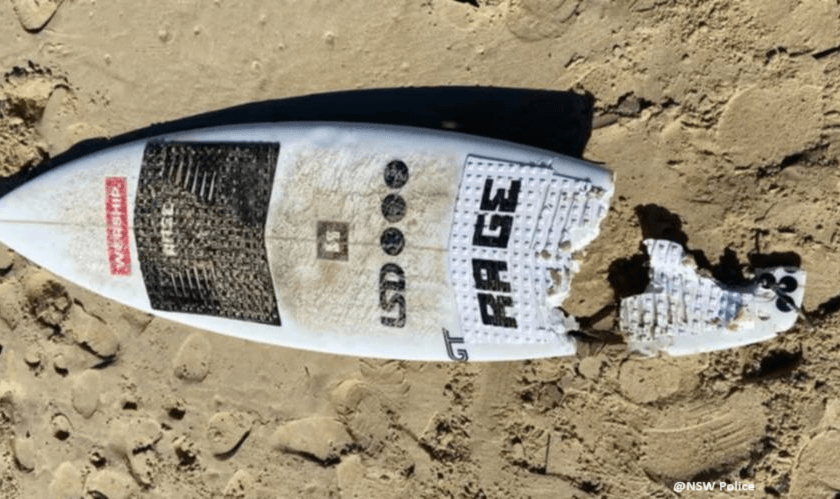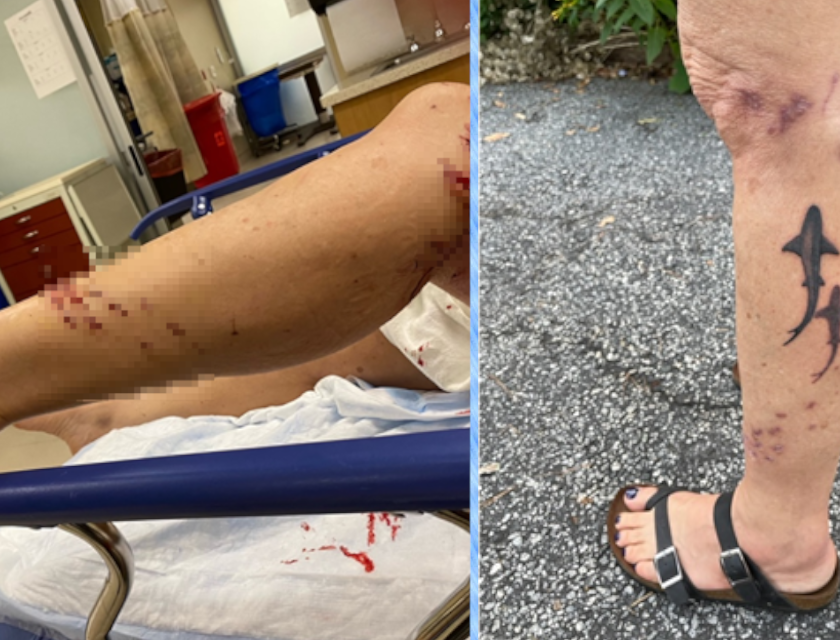Whale sharks spotted in Florida? Yep, it’s that time of year again. The sharks visit the sunshine state during the summer months to feed and mate.
Whale sharks are simply amazing creatures, the largest sharks living in our oceans. These gentle beasts are filter feeders that only eat plankton, and they are incredible to observe.
Earlier this month one Florida man was lucky enough to encounter a 30 foot whale shark off the coast of Naples. Wildlife artist Steve Whitlock saw the shark while on a fishing trip and he was able to get up close and personal with the shark.
This is not the first Florida sighting this year. Last month, Mike Angers and his family were 14 miles off the coast of Sarasota when they spotted two whale sharks.
If you are lucky enough to see a whale shark in the Gulf of Mexico, feel free to jump in with them. While they are docile creatures, avoid getting in the way of their tail, and be sure not to touch them.
whale shark impaled by stingray barb at Ningaloo @globalfinprint @aims_gov_au photo Jana McGeachy @DutchSharkSoc pic.twitter.com/HV8BgTZhH5
— Mark Meekan (@MarkMeekan) June 14, 2016
Whenever you head out on the water, always carry a camera. You never know what you’ll see. Just ask Jana McGeachy, who took and shared a photo of a whale shark she saw impaled by a stingray barb off the coast of Ningaloo in Western Australia.

If a trip to the ocean is not on your summer agenda or near your location in the U.S., check out the Georgia Aquarium. This massive aquarium has four whale sharks you can watch and even swim with. And, if you can’t make it there, you can watch them on a webcam.
Vacationing on the Gulf? If you spot a whale shark in the Gulf of Mexico be sure to report your sighting to the Mote Marine Center for Shark Research at (941)388-4441 and to the Gulf Coast Research Lab at gcrl.usm.edu/whaleshark
If you report seeing a whale shark, you’ll be asked how the shark behaved, how big it was, the depth, time and, of course, location (latitude and longitude), so be prepared.
Photographs can help researchers identify individual sharks and compare your whale shark image to a global whale shark registry. The best area of the shark to focus on for a photo is the spots behind the gills on the left side of the shark. You will also be asked how the shark behaved, how big it was, the depth, time and of course location (latitude and longitude).



